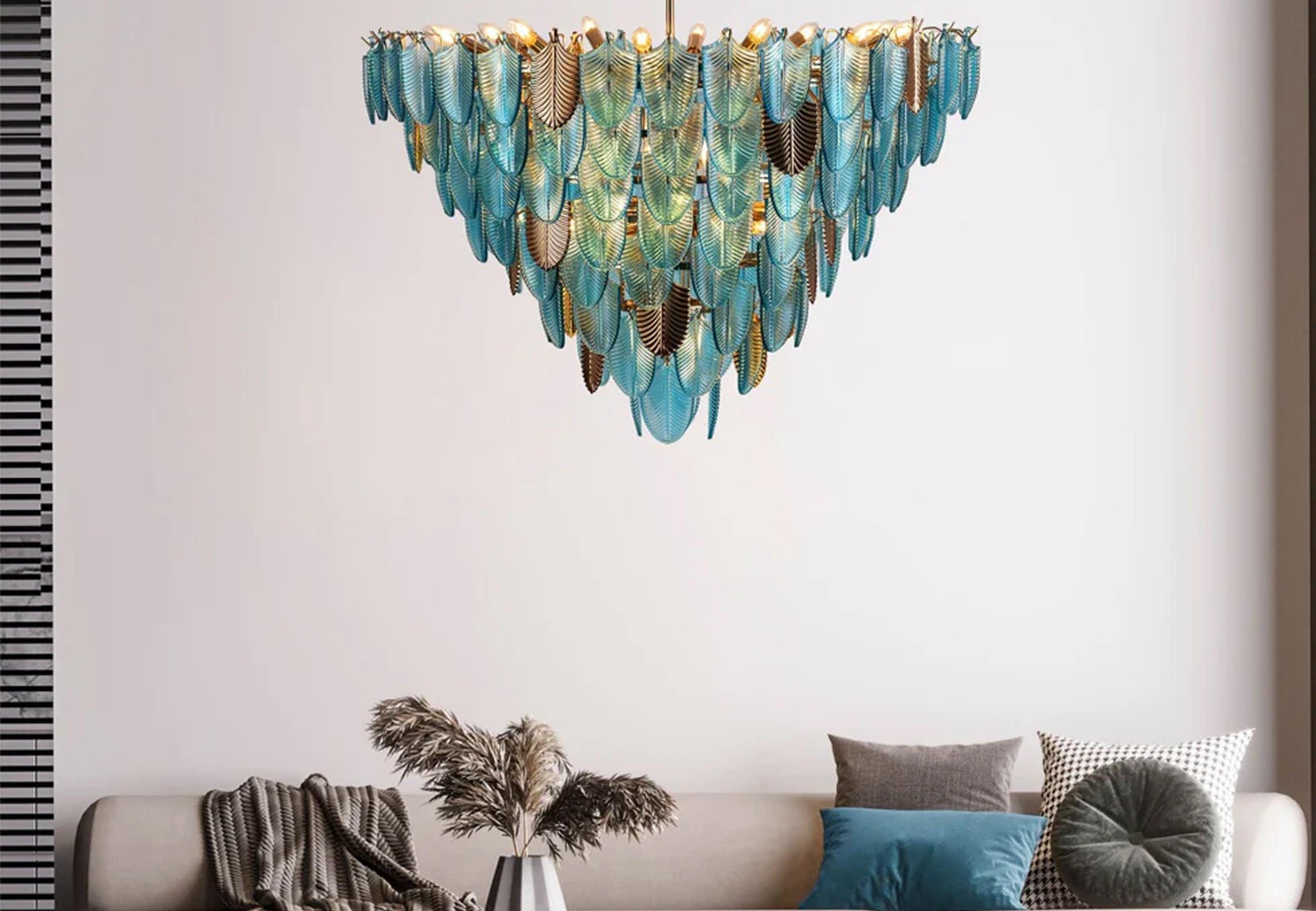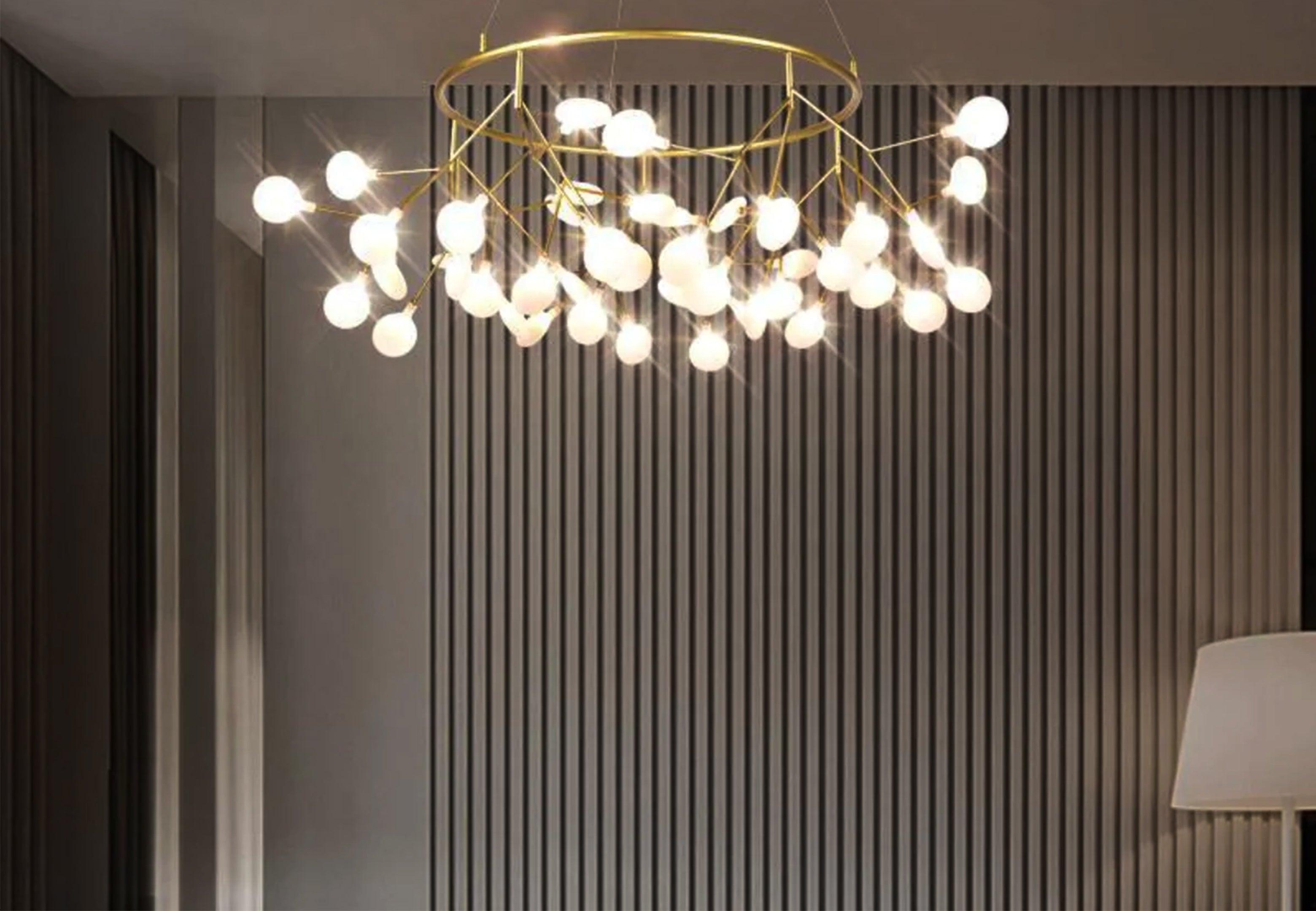
Let There Be Light: But Only At Its Finest
Light plays a crucial role in our lives, impacting our mood and how we carry about our everyday activities. Of course, not all luminosity is the same. Artificial lighting is becoming more commonplace in today's environment, and it can potentially have beneficial and harmful impacts on our health, efficiency, and quality of life.
The power of artificial lighting to offer a constant level of illumination regardless of weather conditions is a significant benefit. It may be beneficial in places with low natural light, such as basements or rooms without windows. However, using artificial illumination has been linked to several health problems. Light pollution from electronic gadgets, incredibly blue light, has been shown to affect humans' natural sleep-wake cycles.
Furthermore, prolonged interaction with fluorescent lighting has been linked to headaches and eye fatigue. The hazards may be reduced by using task-specific lighting and avoiding exposure to stimulating light sources close to sleep. Finding a happy medium between natural and artificial light is essential for human health and productivity.
Keep reading more about what it means for a space to have "good light" and how we can use that knowledge to make our rooms more pleasant and productive.
The Art of Good Lighting
"Good light" describes illumination that serves a practical purpose while enhancing our quality of life and the environment—optimal lighting results from carefully balancing light quality, intensity, and colour temperature. Sunlight, a kind of natural light, is universally regarded as the best illumination source since it illuminates our surroundings and helps set our circadian rhythms.

However, natural light isn't always an option, and artificial lighting must be planned meticulously to achieve the same results. Good lighting can do more than make things easier to see and do; it can also lift spirits, boost productivity, and make a room seem better. The lighting quality may be improved by paying attention to the room's intended function, the time of day it will be utilised, and the preferences of the people using the area.

A bedroom may benefit from dim, warm lighting to encourage relaxation and sleep, while an office may need bright, cool-toned lighting to stimulate alertness and attention. Perhaps adequate lighting is crucial to the success of any design that gives the same significance to appearance and functionality.

The Positive Effects of Healthy Lighting
The effects of healthy lighting on our bodies and minds are substantial. Positive effects on mood, vitamin D production, and sleep quality are related to time spent outside in natural light. However, subpar illumination may cause headaches, dizziness, and sleep disruptions by messing with our circadian cycles. Full-spectrum lighting, artificial lighting that resembles natural light, may help alleviate these problems and make the interior environment healthier.
Full-spectrum illumination has been shown to enhance mental performance, boost productivity, and lessen eye strain. Moreover, it may aid in maintaining a regular sleep-wake schedule by influencing our internal clock. This illumination has also been demonstrated to alleviate sadness and seasonal affective disorder (SAD) symptoms by simulating natural sunshine.
Full-spectrum illumination has been included in the architecture of many hospitals to aid in patients' recovery and general happiness. In addition to being a more sustainable alternative for households and businesses alike, this lighting is energy-efficient and environmentally beneficial.
Improving Efficiency and Effectiveness

Our efficiency and effectiveness in the workplace are closely related to the lighting conditions there. Reduced concentration, worse visual perception, and more mishaps result from illumination that is either too harsh or not bright enough. On the other hand, well-designed lighting may improve focus, lessen eye strain, and increase productivity by creating an environment with just the right amount of light. The workplace may be optimised for efficiency by installing task lights and flexible lighting controls.

Designing Warm and Inviting Areas
Good lighting is just as important as any other factor when designing our homes, workplaces, and public spaces. Carefully planned illumination may accentuate architectural details, establish a mood, and provide an inviting ambience. The Kelvin (K) scale used to measure the colour temperature of light also has a role in setting the mood. Light with a lower Kelvin temperature tends to produce a more personal and comfortable atmosphere, while light with a higher temperature may increase alertness and improve concentration.
How to Find the Best Lighting Fixtures?

There are several aspects to think about before settling on a lighting system. Use LED lights for your space, which are energy efficient and available in various colour temperatures. Dimmers and other light controls allow for much more granular regulation of illumination levels. Consider using daylighting techniques to let in as much natural light as possible using windows, skylights, and light pipes.

Finally, avoid contributing to light pollution using as little artificial outdoor lighting as possible.

Good lighting should be a top priority in designing whole spaces. If we take the time to learn how different lighting conditions affect us, we can make educated decisions about how to illuminate our areas best. The quality of the lighting in any given room—be it private or public—can profoundly affect how we feel in that space. Let's welcome the idea of beautiful lighting and use it to improve our daily lives with Ankur Lighting.
 Talk On Call
Talk On Call Chat On WhatsApp
Chat On WhatsApp


